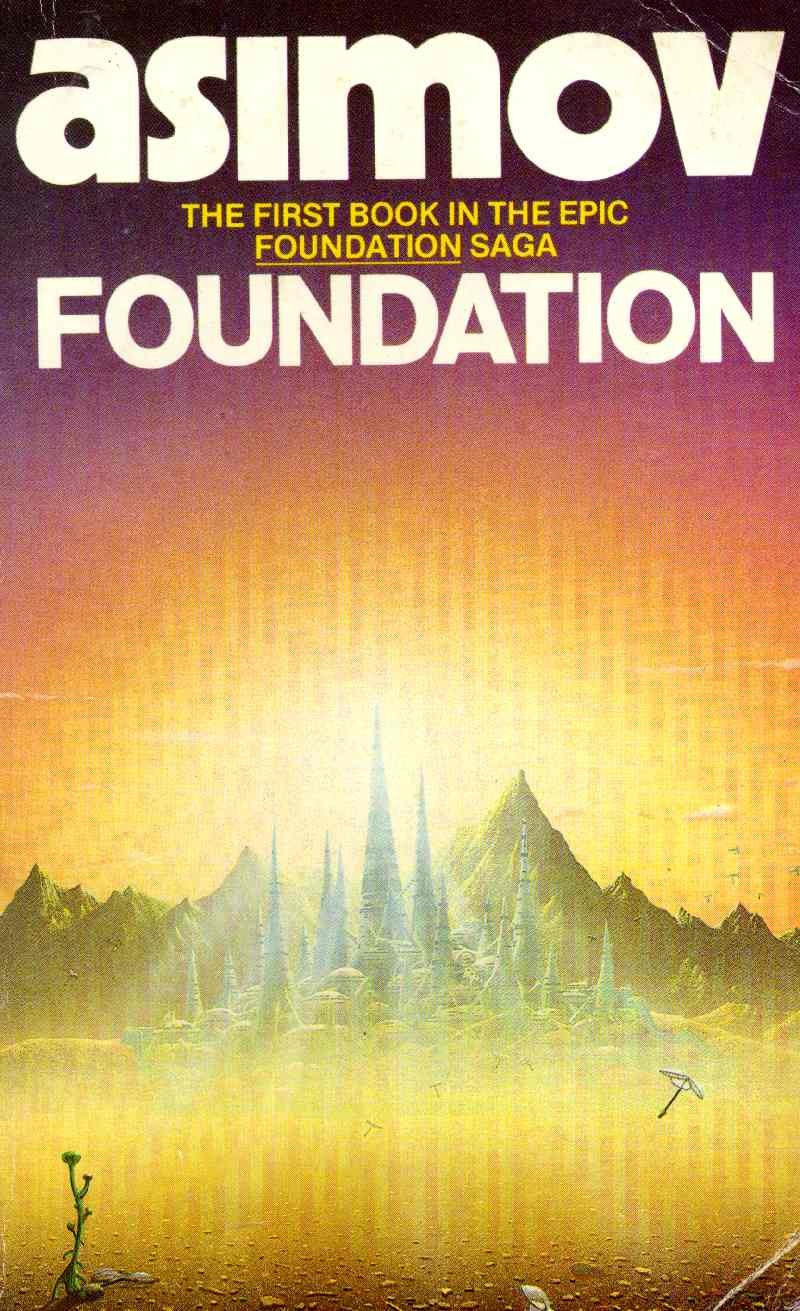
The Minister sat there, with a look of proud disdain on her face, and bare from the waist up. The bodice flipped down, along with its sturdy reinforcement at the breasts. However, you interpret it, the fact remains that Asimov’s writing skills have improved in every category except his portrayal of women:

Ok, maybe it would be more accurate to say he allows himself to be seduced. So, there I was, enjoying this book thoroughly until I ran into a scene fairly early in the novel where Trevize seduces his way out of a situation. As someone who has repeatedly stated her highly subjective and personal preference for that literary form, there’s no wonder I prefer these two books to the previous ones. Moreover, whereas the earlier stories were shorter and compiled into novel-sized books for retail purposes, these two stories were definitely conceived of and designed to be unified novels. I spent most of my review of Foundation and Empire criticizing Asimov’s writing style, criticism I think was fair and justified but which I can’t level against these books. Asimov’s writing has markedly improved over that time. It’s worth noting that both of these novels were written in the 1980s, thirty years after the original Foundation stories were written and published. This time, the search for Earth seems to have lesser stakes-no one really cares this time, except Trevize and maybe Pelorat in an academic way-yet it is all the more intense. Janov Pelorat and his newfound Gaian lover, Bliss, accompany Trevize on what proves to be a dangerous expedition across the galaxy. So he decides to take up, earnestly, the bogus quest for Earth that was his initial smokescreen in Foundation’s Edge. But he isn’t happy with this decision he doesn’t understand it. It follows a classic quest structure: Golan Trevize has decided, somehow, that the planetary networked consciousness that is Gaia will one day be allowed to expand and form a galactic consciousness called Galaxia.

Trigger warnings for this book, by the way: in addition to the massive amounts of Asimovian sexism/womanizing you would expect, add a hefty dose of highly inappropriate, medicalized portrayal of an intersex person, including the use of the h-slur.įoundation and Earth picks up exactly where Foundation’s Edge ended. Yeah, this review is going to be … interesting.

Moreover, when we look at this novel in the context of the Foundation series and Asimov’s other works, it’s possible to read this as Asimov giving up on Foundation. Asimov does as amazing a job of ratcheting up the tension surrounding the search for Earth as he does a terrible job of avoiding the objectification of women. I know I called Foundation’s Edge the best, but this one surpasses it in terms of plot.

This might be the best Foundation novel yet also the worst. I simultaneously enjoyed and loathed reading Foundation and Earth.


 0 kommentar(er)
0 kommentar(er)
